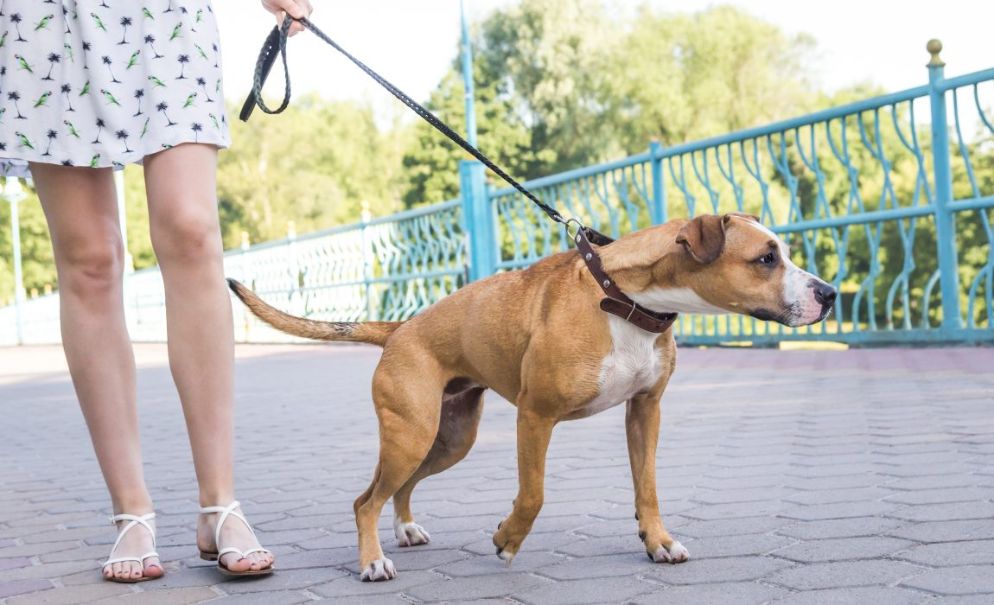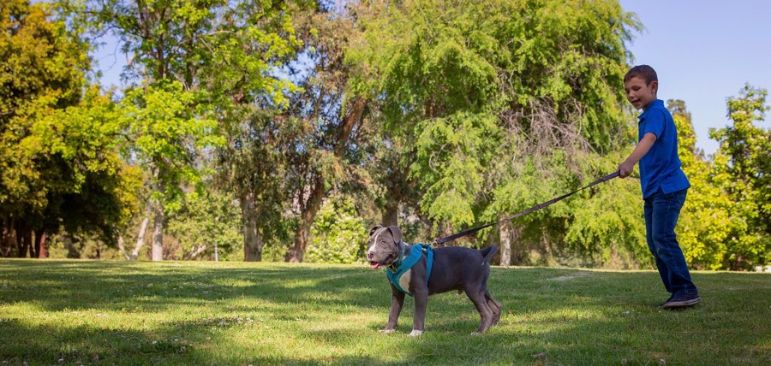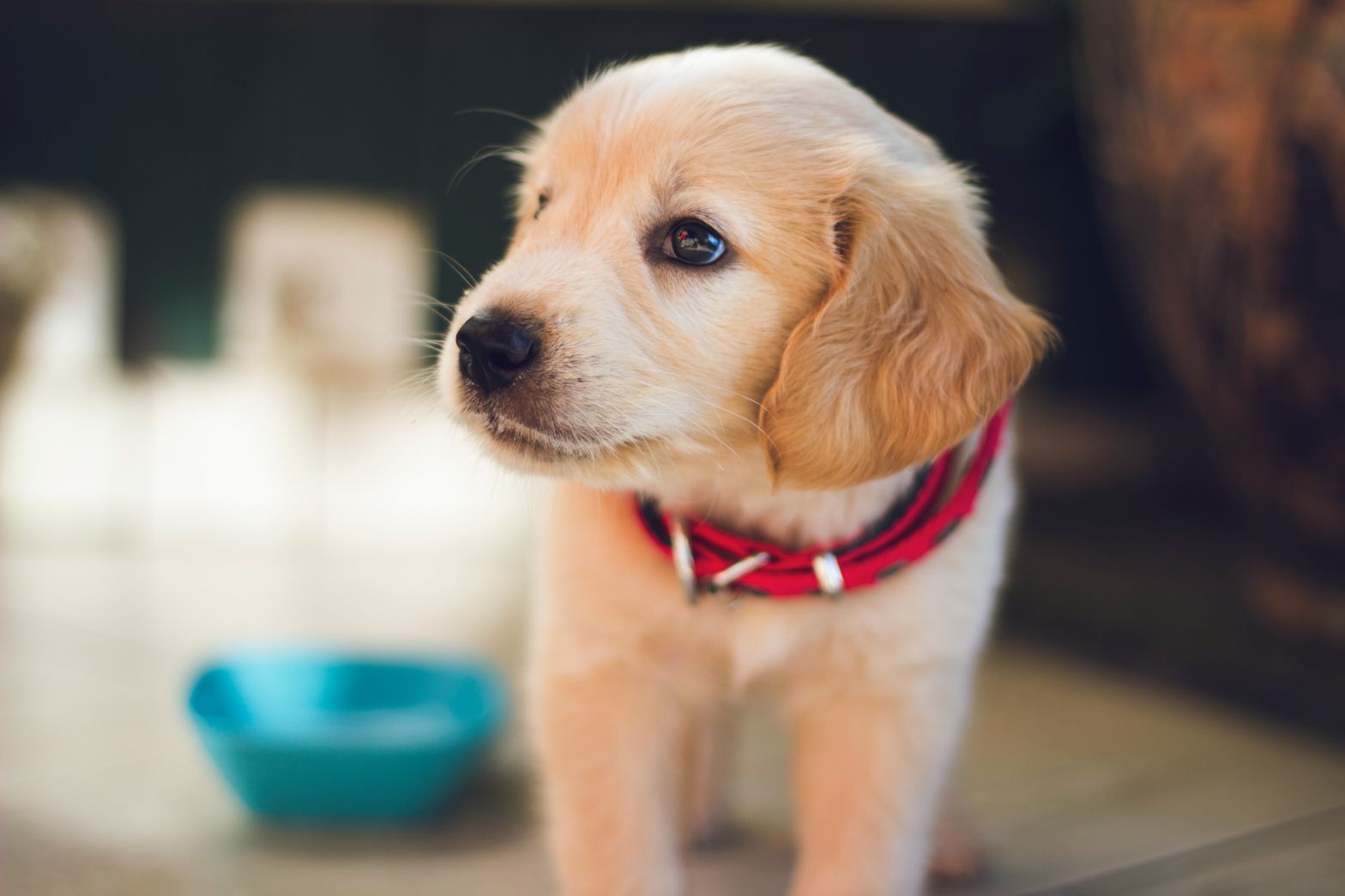Puppies naturally move more quickly and are more inquisitive than adult dogs. A puppy must be taught how to walk while attached to us by a leash and to go where we go when we want to go.
Although learning to walk on a leash can be challenging, it’s a skill you’ll need if you want to go on walks and adventures with your dog. As soon as you bring home your new furry friend, you should start honing this skill.
If you want to know how to leash train a puppy, please read this article carefully.
When Should Your Puppy Begin Being Trained To Use A Leash?
As soon as you bring your puppy home, you can start teaching him how to use a leash. You would ideally start around this time because puppies should spend the first eight to twelve weeks with their mothers, but you can start by introducing the fundamentals earlier.
The best time to socialize and instill good habits may be during this period of formative development, so don’t wait.
Do keep in mind that puppies under four to five months old won’t have full focus or self-control (both of which are required for loose-leash walking), so for younger puppies, start slow and in controlled areas, getting them used to the collar and leash and teaching them the concept of following you around.
How Do I Leash Train A Puppy?
Introducing The Harness And Leash
Equip your puppy with the proper gear before venturing outside and give them some time to get used to it. When working with young puppies, make sure they are the right size for a snug-fitting, back-fastening harness that they can step into.
To determine the proper size that is neither too loose where they could easily slip out nor too tight and uncomfortable, measure their girth (wrap a tape measure around the widest part of their chest).

Next, select a leash that is four or six feet long. Attach the leash to your puppy’s harness, and while you watch, let them wear the harness and walk around the house with the leash until they get used to having it on.
Even better, you can affix the leash to yourself and have your dog follow you around the house. By performing this quick exercise, you can help your puppy learn that a harness and leash signify that they can accompany you on walks!
Pro tip: Concerned that the leash might tangle with household items? Purchase a cheap nylon leash, cut the loop at the end so it’s open and less likely to catch, and use it!
Have Short Training Sessions In Familiar Places
You shouldn’t count on keeping your puppy interested in training for very long because he has a short attention span. Just take him for a short stroll around the house or backyard to get him accustomed to the smells.
In this way, he won’t be as prone to wander off in a variety of directions in search of intriguing new smells.
Praise Good Behavior
When your dog is walking alongside you on a loose leash — also called “heeling” — heap on the praise and reward him with the occasional treat. Never yank the dog behind you. Pulling on the lead could potentially hurt him (or you if you’re walking a larger dog) if he refuses to leave a particular location.
Instead, pay attention to rewarding him for coming when you tell him to continue walking. If he is particularly persistent, you might have to step in and refocus his attention on the walk and away from the object with all the smells.
Keep A Short Leash
Keeping your dog on a short leash is essential for successful leash training, even though this is frequently perceived negatively by humans. It is simpler for your dog to learn to walk by your side the less space he has to stray.
With a retractable leash or by providing some slack with your hands, you can loosen the lead a little as he begins to get the hang of things.
Keep Him At Your Side
When you walk your dog by your side as opposed to in front of you, it’s similar to using a short leash in that you have control over his movement. When given the chance to walk out front or in the back, dogs frequently stray and explore everything. This will help keep the leash from tangling underneath him as well.
Once more, as he becomes more trained, you can start to be more forgiving with him, but it’s best to keep him close while he’s still a puppy. Do not forget that dogs are pack animals. He will eventually follow you and turn into the ideal walking companion if he perceives you as the alpha.

Give Him Time To Do His Business
Many dogs use a nice, long walk as an opportunity to go potty. Dogs, on the other hand, have a natural desire to mark their territory, so they might want to explore the area to find the ideal location. You can stop walking and give your dog more leash if you see that he needs to go potty and take care of business.
Because you’re probably also going through potty training at this time, be sure to praise or treat him when he finishes. Dogs don’t always void their bladder all at once, so some might search for several locations to urinate.
You must only praise him the first time; otherwise, he will begin to associate praise with marking multiple times. This makes for a much more challenging walk. He will start to walk better once he realizes that he only has one chance to go potty.
Find A Pace
Dogs are naturally curious creatures, so they will frequently want to hurry to or linger in particular locations on your walk. The pace you choose must be one that both of you can tolerate. Because this is where injuries can happen, you never want him to pull or lag behind.
If you see your dog struggling to maintain a certain pace, stop, wait for him to come back to you, and then resume the relaxed pace.
Leash-training Troubleshooting
Even though your puppy may be doing a great job of learning to walk on a leash, you’re likely to run into some problems as he gets older, explores new areas, and encounters new distractions.
If Your Pup Pulls
Puppies have a natural curiosity about the world and will likely pull on the leash to try to get something or go somewhere. By holding back or allowing them to pull themselves to the desired position, it’s crucial to avoid unintentionally rewarding this behavior. Just keep walking; pulling is rewarded.
The first step in discouraging pulling is to stop moving. When they start to pull, pause until the leash is loose, then start moving again. At this point, anything that encourages the desired action—your dog approaching you—will help.
So, if you’ve been practicing applying mild leash tension as you encourage the dog to come your way (see the “small steps” section), you can use a little tension here as a way of offering more guidance as to what’s expected.
If Your Pup Lunges
Be proactive if your dog chases something while out for a walk, like another dog, a car, or a skateboarder. Attempt to divert his attention with a treat before he has a chance to lunge, and widen the distance between your dog and the intended target.
Be vigilant and ready before the object of his annoyance approaches too closely. Any dog can be startled by something he’s unfamiliar with or finds exciting, though herding breeds may exhibit this behavior more frequently than other breeds.
If Your Pup Barks
On walks, some dogs have a bad habit of barking at passing dogs. This behavior frequently results from a lack of exercise. Achieve the right balance of mental and physical stimulation for your dog’s breed, age, and life stage.
If this continues to be a problem, follow the steps outlined above for dealing with a dog that is lunging; this will train your dog to focus on you whenever he sees another dog rather than barking.
Remember To Be Patient
It can be tempting to view going for a walk as a straightforward activity and unintentionally push your dog too hard too quickly. Finding less-crowded areas to practice is always a good idea to lessen the difficulty of a walk.
Your dog will develop positive associations with things that may otherwise overwhelm them if you walk slowly and make the experience enjoyable.
Don’t be afraid to ask for assistance from a reliable dog trainer if walking is stressful or overwhelming, or even if it isn’t.
The assistance of a trainer, who can help you and your dog learn to enjoy a lifetime of walking together, is often what helps dog owners who struggle with leash training reach a breakthrough.





